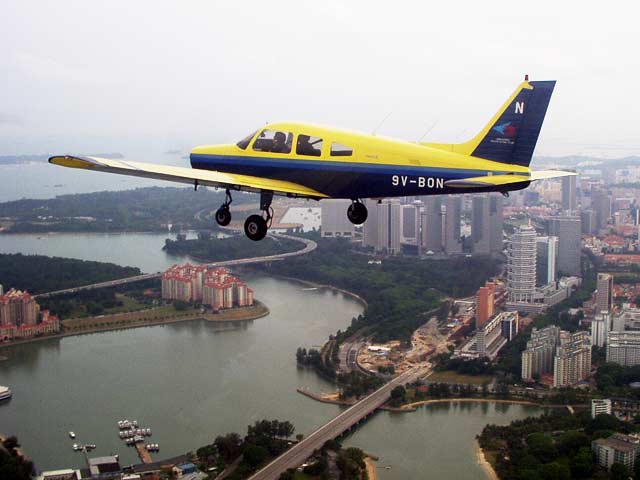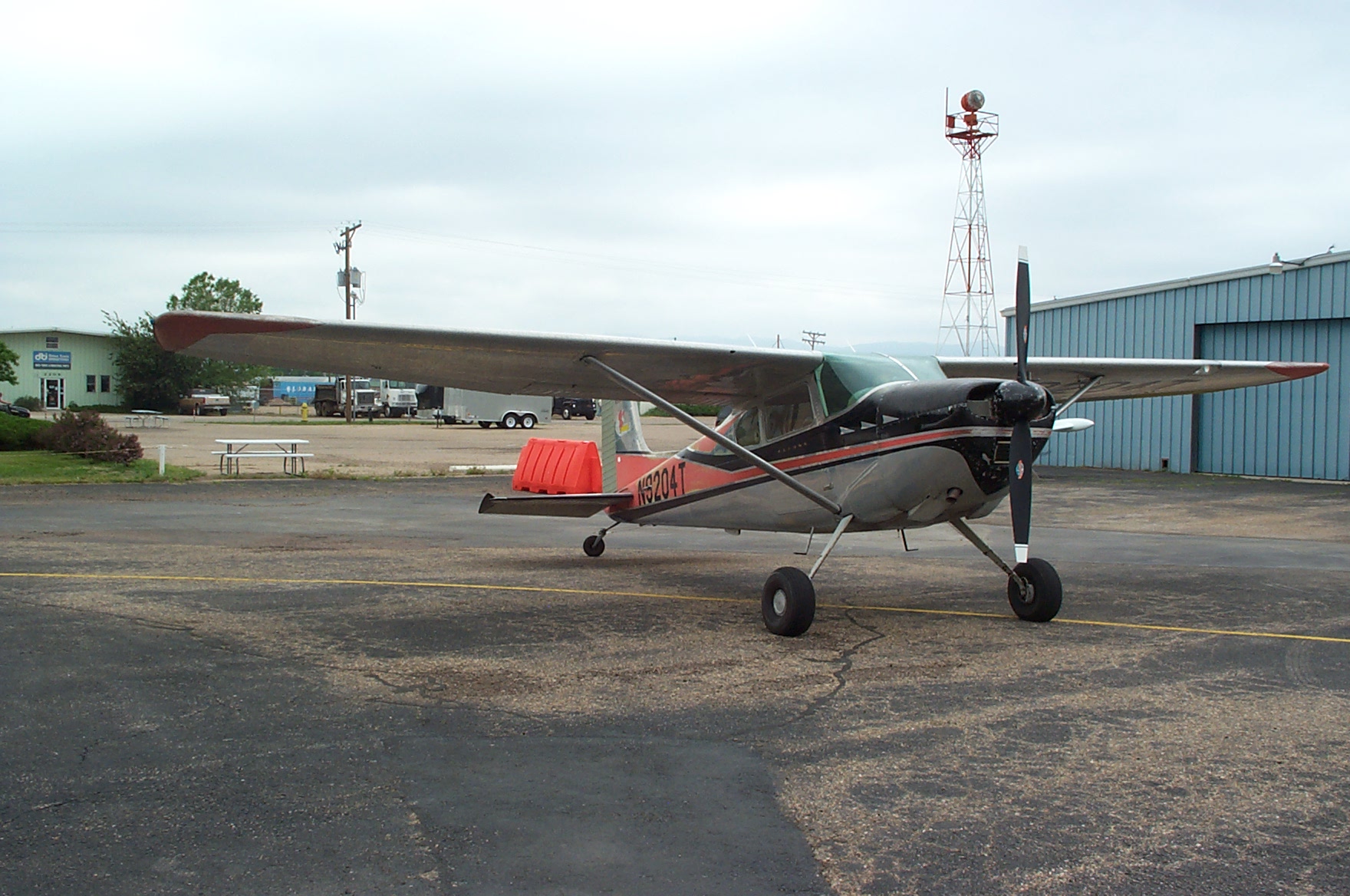|
Trans-Provincial Airlines
Trans Provincial Airlines was an airline based in Prince Rupert, British Columbia, Prince Rupert, British Columbia, Canada, established as Trans Provincial Air Carriers in 1960. On 15 January 1970 TPA acquired Omineca Air Service based at Burns Lake Airport. TPA was acquired by Harbour Air in 1993. Fleet * 2- DC-3 * 1- Fairchild F27A * 1- Piper Aztec * 1- Beech 18 * 7- DHC Beaver * 4- DHC Otter * 5- Grumman Goose * 2- Cessna 185 * 1- Cessna 180 * 1- Piper Cherokee See also * List of defunct airlines of Canada References External linksHarbour Air Seaplanes - Company Bio Defunct airlines of Canada Companies based in British Columbia Transport in Prince Rupert, British Columbia Airlines established in 1960 Airlines disestablished in 1993 Defunct seaplane operators {{Canada-airline-stub ... [...More Info...] [...Related Items...] OR: [Wikipedia] [Google] [Baidu] |
Prince Rupert Airport
Prince Rupert Airport is an airport located west southwest of Prince Rupert, British Columbia, Canada. The airport is classified as an airport of entry by Nav Canada and is staffed by the Canada Border Services Agency (CBSA). CBSA officers at this airport can handle general aviation aircraft only, with no more than 50 passengers. The airport is located on Digby Island, which is only accessible by ferry from the city of Prince Rupert. The passenger ferry fare is included in airline tickets. Airlines and destinations Air cargo carriers and destinations See also * List of airports in the Prince Rupert area * Royal eponyms in Canada References External links * * Certified airports in British Columbia Transport in Prince Rupert, British Columbia {{BritishColumbia-airport-stub ... [...More Info...] [...Related Items...] OR: [Wikipedia] [Google] [Baidu] |
DHC Otter
The de Havilland Canada DHC-3 Otter is a single-engined, high-wing, propeller-driven, short take-off and landing (STOL) aircraft developed by de Havilland Canada. It was conceived to be capable of performing the same roles as the earlier and highly successful Beaver, including as a bush plane, while also being a larger aircraft. Design and development The rugged single-engined, high-wing, propeller-driven DHC-3 Otter was conceived in January 1951 by de Havilland Canada as a larger, more powerful version of its highly successful DHC2 Beaver STOL utility transport. Dubbed the "King Beaver" during design, it would be the veritable "one-ton truck" to the Beaver's "half-ton" role. The Otter received Canadian certification in November 1952 and entered production shortly thereafter. Using the same overall configuration as the Beaver, the new, much heavier design incorporated a longer fuselage, greater-span wing, and cruciform tail. Seating in the main cabin expanded from six to 10 ... [...More Info...] [...Related Items...] OR: [Wikipedia] [Google] [Baidu] |
Airlines Established In 1960
An airline is a company that provides air transport services for traveling passengers or freight (cargo). Airlines use aircraft to supply these services and may form partnerships or alliances with other airlines for codeshare agreements, in which they both offer and operate the same flight. Generally, airline companies are recognized with an air operating certificate or license issued by a governmental aviation body. Airlines may be scheduled or charter operators. The first airline was the German airship company DELAG, founded on November 16, 1909. The four oldest non-airship airlines that still exist are the Netherlands' KLM (1919), Colombia's Avianca (1919), Australia's Qantas (1920) and the Russian Aeroflot (1923). Airline ownership has seen a shift from mostly personal ownership until the 1930s to government-ownership of major airlines from the 1940s to 1980s and back to large-scale privatization following the mid-1980s. Since the 1980s, there has been a trend of major a ... [...More Info...] [...Related Items...] OR: [Wikipedia] [Google] [Baidu] |
Transport In Prince Rupert, British Columbia
Transport (in British English) or transportation (in American English) is the intentional movement of humans, animals, and goods from one location to another. Modes of transport include air, land (rail and road), water, cable, pipelines, and space. The field can be divided into infrastructure, vehicles, and operations. Transport enables human trade, which is essential for the development of civilizations. Transport infrastructure consists of both fixed installations, including roads, railways, airways, waterways, canals, and pipelines, and terminals such as airports, railway stations, bus stations, warehouses, trucking terminals, refueling depots (including fuel docks and fuel stations), and seaports. Terminals may be used both for the interchange of passengers and cargo and for maintenance. Means of transport are any of the different kinds of transport facilities used to carry people or cargo. They may include vehicles, riding animals, and pack animals. Vehicles may includ ... [...More Info...] [...Related Items...] OR: [Wikipedia] [Google] [Baidu] |
Companies Based In British Columbia
A company, abbreviated as co., is a legal entity representing an association of legal people, whether natural, juridical or a mixture of both, with a specific objective. Company members share a common purpose and unite to achieve specific, declared goals. Over time, companies have evolved to have the following features: "separate legal personality, limited liability, transferable shares, investor ownership, and a managerial hierarchy". The company, as an entity, was created by the state which granted the privilege of incorporation. Companies take various forms, such as: * voluntary associations, which may include nonprofit organizations * business entities, whose aim is to generate sales, revenue, and profit * financial entities and banks * programs or educational institutions A company can be created as a legal person so that the company itself has limited liability as members perform or fail to discharge their duties according to the publicly declared incorporation pu ... [...More Info...] [...Related Items...] OR: [Wikipedia] [Google] [Baidu] |
Defunct Airlines Of Canada
{{Disambiguation ...
Defunct may refer to: * ''Defunct'' (video game), 2014 * Zombie process or defunct process, in Unix-like operating systems See also * * :Former entities * End-of-life product * Obsolescence Obsolescence is the process of becoming antiquated, out of date, old-fashioned, no longer in general use, or no longer useful, or the condition of being in such a state. When used in a biological sense, it means imperfect or rudimentary when comp ... [...More Info...] [...Related Items...] OR: [Wikipedia] [Google] [Baidu] |
List Of Defunct Airlines Of Canada
This is a list of defunct airlines of Canada. See also * List of airlines of Canada * List of airports in Canada References External links * {{Portal bar, Canada, Companies, Aviation Defunct airlines of Canada, * Lists of defunct airlines, Canada Canada transport-related lists, Airlines Lists of companies of Canada, Airlines, defunct ... [...More Info...] [...Related Items...] OR: [Wikipedia] [Google] [Baidu] |
Piper Cherokee
The Piper PA-28 Cherokee is a family of two-seat or four-seat light aircraft built by Piper Aircraft and designed for flight training, air taxi and personal use.Plane and Pilot: ''1978 Aircraft Directory'', pages 62–64. Werner & Werner Corp, Santa Monica CA, 1977. The PA-28 family of aircraft comprises all-metal, unpressurized, single piston-engined airplanes with low mounted wings and tricycle landing gear. They have a single door on the right side, which is entered by stepping on the wing. The PA-28 is the fourth most produced aircraft in history. The first PA-28 received its type certificate from the Federal Aviation Administration in 1960 and the series remains in production to this day. The Archer was discontinued in 2009, but with investment from new company ownership, the model was put back into production in 2010. As of 2024, five models were in production; the Archer TX and LX, the diesel-powered Archer DX and DLX, and the Pilot 100i. The PA-28 series competed ... [...More Info...] [...Related Items...] OR: [Wikipedia] [Google] [Baidu] |
Cessna 180
The Cessna 180 Skywagon is a four- or six-seat, fixed conventional gear general aviation airplane which was produced between 1953 and 1981. Though the design is no longer in production, many of these aircraft are still in use as personal aircraft and in utility roles such as bush flying.Christy, Joe ''The Complete Guide to the Single-Engine Cessnas'' 3rd ed, TAB Books, Blue Ridge Summit PA USA, 1979, pp 29–39 Development Cessna introduced the heavier and more powerful 180 as a complement to the Cessna 170. It eventually came to be known as the Skywagon, with the name appearing in promotional material by 1973. The prototype Cessna 180, N41697, first flew on May 26, 1952. Cessna engineering test pilot William D. Thompson was at the controls. In all its versions, 6,193 Cessna 180s were manufactured. In 1956, a tricycle gear version of this design was introduced as the Cessna 182, which came to bear the name Skylane. Additionally, in 1960, Cessna introduced a heavier, more ... [...More Info...] [...Related Items...] OR: [Wikipedia] [Google] [Baidu] |
Cessna 185
The Cessna 185 Skywagon is a six-seat, single-engined, general aviation light aircraft manufactured by Cessna. It first flew as a prototype in July 1960, with the first production model completed in March 1961. The Cessna 185 is a high-winged aircraft with non-retractable conventional landing gear and a tailwheel. Over 4,400 were built with production ceasing in 1985. When Cessna re-introduced some of its most popular models in the 1990s, the tailwheel equipped Cessna 180 and 185 were not put back into production. Design and development The aircraft is basically a Cessna 180 with a strengthened fuselage. The main difference between the two aircraft is the larger vertical fin on the 185 and the 300 hp (224 kW) Continental IO-520-D engine as opposed to the 230 hp (172 kW) Continental O-470-S fitted to the Cessna 180. The exception was that a Continental Motors IO-470-F engine of 260 hp (194 kW) was initially fitted until midway through the 196 ... [...More Info...] [...Related Items...] OR: [Wikipedia] [Google] [Baidu] |
Grumman Goose
The Grumman G-21 Goose is an amphibious flying boat designed by Grumman to serve as an eight-seat "commuter" aircraft for businessmen in the Long Island area. The Goose was Grumman's first monoplane to fly, its first twin-engined aircraft, and its first aircraft to enter commercial airline service. During World War II, the Goose became an effective transport for the US military (including the United States Coast Guard), as well as serving with many other air forces. During hostilities, the Goose took on an increasing number of combat and training roles. Design and development In 1936, a group of wealthy residents of Long Island, including E. Roland Harriman, approached Grumman and commissioned an aircraft that they could use to fly to New York City."Goose." ''Antilles Seaplanes history page''. Retrieved: August 30, 2008. In response, the ... [...More Info...] [...Related Items...] OR: [Wikipedia] [Google] [Baidu] |
DHC Beaver
The de Havilland Canada DHC-2 Beaver is a single-engined high-wing propeller-driven short takeoff and landing (STOL) aircraft developed and manufactured by de Havilland Canada. It has been primarily operated as a bush plane and has been used for a wide variety of utility roles, such as cargo and passenger hauling, aerial application (crop dusting and aerial topdressing), and civil aviation duties. Shortly after the end of the Second World War, de Havilland Canada decided to orient itself towards civilian operators. Based on feedback from pilots, the company decided that the envisioned aircraft should have excellent STOL performance, all-metal construction, and accommodate many features sought by the operators of bush planes. On 16 August 1947, the maiden flight of the aircraft, which had received the designation ''DHC-2 Beaver'', took place. In April 1948, the first production aircraft was delivered to the Ontario Department of Lands and Forests. A Royal New Zealand Air Forc ... [...More Info...] [...Related Items...] OR: [Wikipedia] [Google] [Baidu] |





